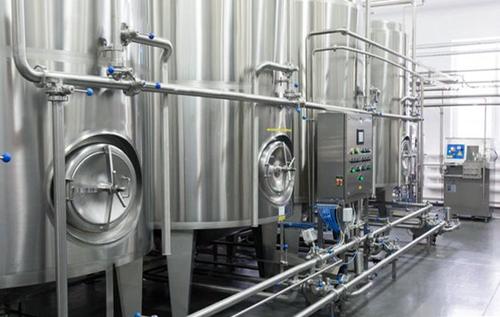What is Terminology of Regulating Valve?

Static characteristics refer to the static relationship between the valve stroke and the input signal. The following is the basic definition of various static characteristics.
1. Basic error
Under the specified reference conditions, the maximum difference between the characteristic curve of the actual stroke and the characteristic curve of the specified stroke is called basic error.
2. Beginning point and end point deviation
Beginning point deviation is also called zero-point error, endpoint deviation is also called endpoint error. When the meter is operating under specified conditions, and when the input is the upper and lower limits of the signal range, the error of the corresponding stroke value of the sanitary regulating valve is called beginning point and end point deviation.
The deviation of the rated stroke is expressed as the percentage of the rated stroke of the regulating valve. When the meter is operating under the specified conditions, the error occurred when the input exceeds the specified upper limit of the signal range is called rated stroke deviation.
3. Hysteresis
The maximum difference between the rising and falling corresponding stroke values of the same input signal.
4. Dead zone
The limited zone in which the change in the positive and negative directions of the input signal does not cause any discernible changes in the stroke.
5. Repeatability
Under the same working condition, the degree of coincidence between the output values of the same input value in successive measurements in the same direction is called repeatability. Repetitive performance indicates the size of the meter’s random error. The repeatability of the regulating valve is determined by the maximum repeatability error measured by the input values in the full range. Repeatability does not include hysteresis.
6. Reproducibility
In the same working condition and specified time, the degree of coincidence between the output values of the same input value repeatedly measured from the opposite directions is referred to as reproducibility. Reproducibility includes dead zones, hysteresis, drift, and repeatability. Reproducibility is determined by the maximum difference between the corresponding rising and falling output values that are repeatedly measured at the same input value over the full range and are expressed as a percentage of the range.
7. Linearity error
The maximum deviation between the calibration curve and the appropriate straight line (independent straight line, zero base straight line, end base straight line) is linearity error. The average value of each data is obtained at the measurement points of the respective input signals in the two directions of the rise and fall over the entire input signal range. And the maximum difference between the average curve and the straight line is linearity error.




